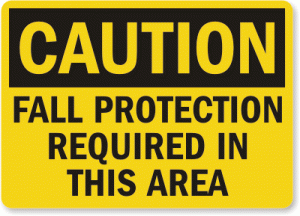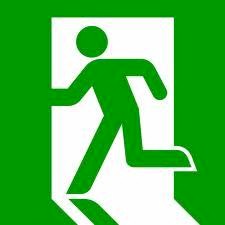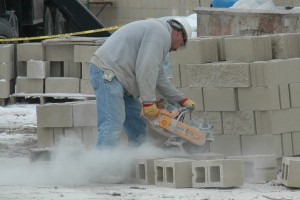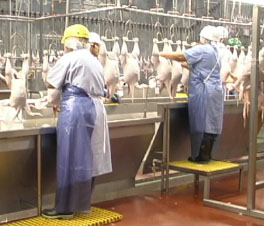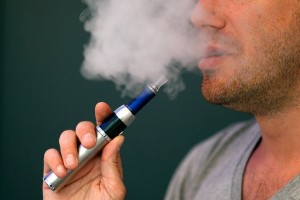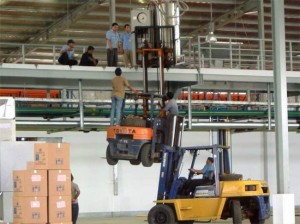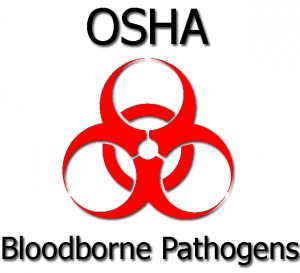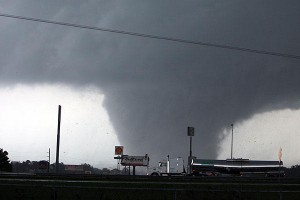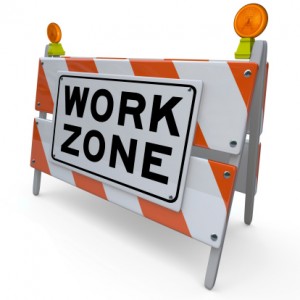 Summary of Work Zone Traffic Safety
Summary of Work Zone Traffic Safety
- The Hazard: death or serious injury from being struck by vehicles or equipment in work zones.
- Who is at risk: streets/highways, utilities and other public works department workers who maintain roadways, bridges, sewers, catch basins, etc.
- Prevention: reducing the speed of vehicles, traffic control plans warning motorists of work zones, guiding traffic safely through the work zone, and returning passing vehicles to normal traffic flow.
- Laws: The U.S. Department of Transportation, Federal Highway Administration’s (FHWA) Manual on Uniform Traffic Control Devices (MUTCD). The Occupational Safety and Health Administration (OSHA) enforced the MUTCD (29 CFR 1926.200-203).

